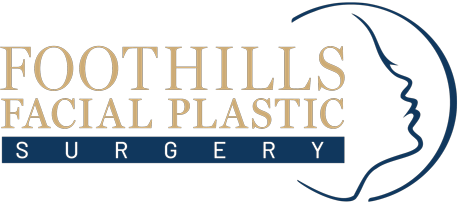It’s no secret that most forms of clinical aesthetic enhancement are a bit of an investment. But since good investments typically pay off down the road, many types of facial rejuvenation remain as popular as ever. Two of the major players—facelift and dermal fillers—treat many of the same aesthetic complaints. If you’re considering a facial rejuvenation procedure and are weighing your options by cost and convenience, the right option for you may not be as obvious as you think.
Let’s explore fillers vs. facelift cost and benefits to help you understand and choose the best investment that aligns with your cosmetic needs.
Injectables: Fast and No Downtime
Injectables, especially fillers, are a good option for busy people who don’t have a lot of time to spare. That’s because these products can be administered in about 30 minutes, don’t require downtime, and typically produce instant results. But they have limitations, too. While fillers work exceptionally well at reducing lines and wrinkles throughout the face, they don’t create significant tightening, and they also can’t reduce excess skin. Therefore, people with more severe aesthetic concerns are often better candidates for a full facelift or another type of surgical improvement.
One major consideration when comparing both procedures is maintaining your results. Dermal fillers don’t last forever, and most patients must come back for touch-ups between 9 months to a year after their original procedures. While this is manageable for many people, fillers are not an optimal choice for those who prioritize long-term results. Eventually, the relatively low cost of injectable treatments will add up.
Facelifts: Transformative, Long-lasting Results
Facelift surgery comes with its own distinct pros and cons. Most notable, perhaps, are the quality of results that we can achieve. Facelift surgery can be incredibly transformative, creating results that are both significant and long-lasting. In fact, most facelift patients say they still appreciate their results even a decade after surgery. During facelift surgery, I manipulate the deeper layers of tissue to raise them to more youthful positions on the face. Often, I also remove excess skin to reduce visible sagging and improve definition. This transformative approach results in a dramatically younger and refreshed appearance.
However, surgical facelift results come at a bit of a cost. Facelift is invasive surgery, and it typically requires patients to take about 10 days or so away from work and many social obligations. Although this can be difficult for people with busy schedules, the results are typically quite worth the downtime, and patients don’t need to worry about maintaining their results with additional treatments. The best candidates for facelift surgery are people with sagging skin and moderate to severe signs of aging. Fillers can’t treat these symptoms, but surgery certainly can.
Schedule Your Consultation
I look forward to helping you achieve your aesthetic goals, whether it’s through fillers, facelift, or another beneficial cosmetic approach. If you feel ready, please reach out to my office online or call us at (520) 200-2218 so we can begin a discussion together.






Leave a Reply